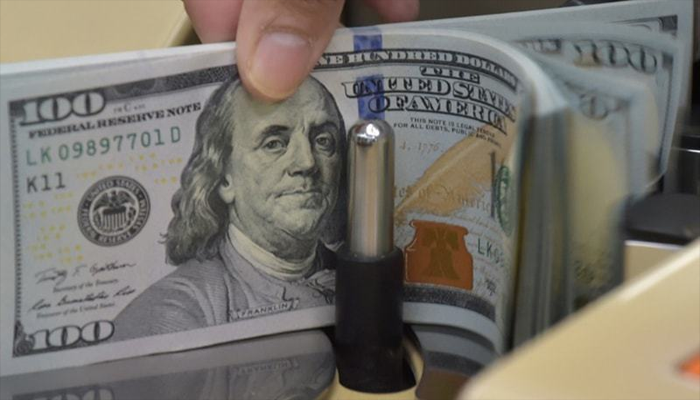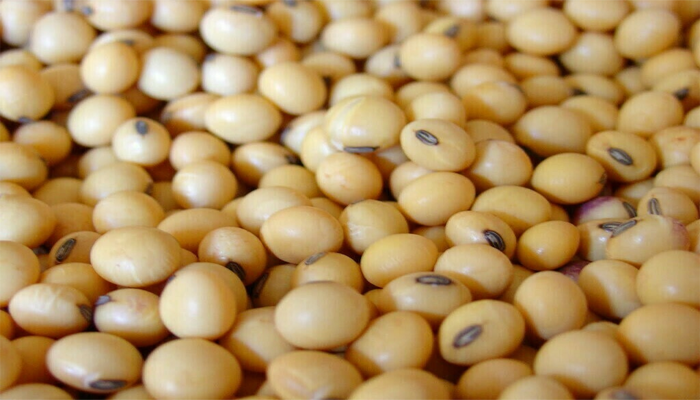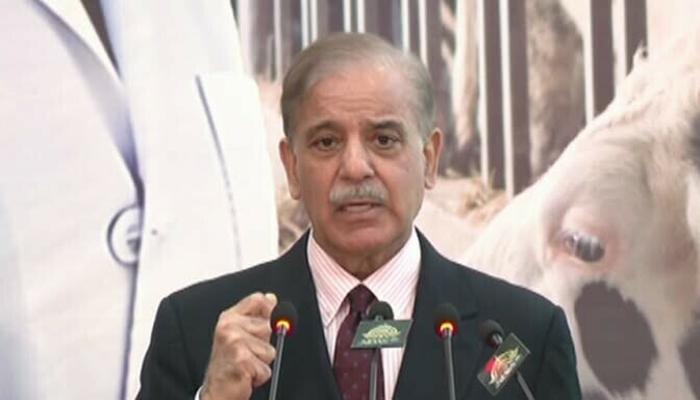Karachi: Pakistan recorded a historic current account surplus of $1.2 billion in March 2025, marking the country’s highest-ever monthly surplus, according to data released by the State Bank of Pakistan (SBP) on Thursday. This significant turnaround comes after a revised deficit of $97 million in February and reflects a 230% year-on-year increase from the $363 million surplus recorded in March 2024.
This sharp improvement has taken the cumulative current account balance for the first nine months of the current fiscal year (9MFY25) to a surplus of $1.86 billion. In contrast, the same period last year saw a deficit of $1.65 billion, underscoring a strong reversal in Pakistan’s external financial position.
Brokerage firms including Topline Securities and Arif Habib Limited confirmed that this is the highest monthly current account surplus in Pakistan’s economic history. Experts have attributed this positive development to lower international oil prices, a spike in remittances, and a steady performance in exports.
Khurram Schehzad, Advisor to the Finance Minister, said in a statement that the country is expected to maintain a current account surplus through the end of FY25 and potentially into FY26. “With oil prices down, and remittances continuing to make a record mark, Pakistan’s current account is expected to be in deep surplus by June FY25,” he said, adding that this would significantly strengthen investor confidence.
In March 2025, total exports of goods and services stood at $3.51 billion, reflecting an 8.7% increase compared to $3.23 billion in March 2024. Imports also grew, totaling $5.92 billion for the month, up 8% year-on-year.
A major driver of the surplus was a record $4.05 billion in workers’ remittances received in March, representing a 71% increase from the same period last year. The SBP Governor noted that this was the highest monthly inflow of remittances to date, offering crucial support to Pakistan’s balance of payments.
Policymakers have also benefited from controlled domestic demand due to persistent inflation and previously high interest rates. While inflation has burdened consumers and limited economic growth, it has helped restrict non-essential imports, aiding the current account balance.
The government’s strategy, which has included easing pressure on the rupee, managing imports, and encouraging overseas Pakistanis to send remittances through formal channels, appears to be yielding results.
Despite rising imports, the current account remains well-balanced due to the strong inflows from remittances and a modest export rebound. Analysts suggest that maintaining this trend will be crucial for long-term stability, especially in the context of external debt obligations and global economic uncertainty.
The record surplus is being seen as a critical step forward in Pakistan’s broader economic recovery and a sign of improving macroeconomic fundamentals. It offers a rare moment of optimism in a challenging economic environment and could serve as a foundation for sustained external stability moving forward.









